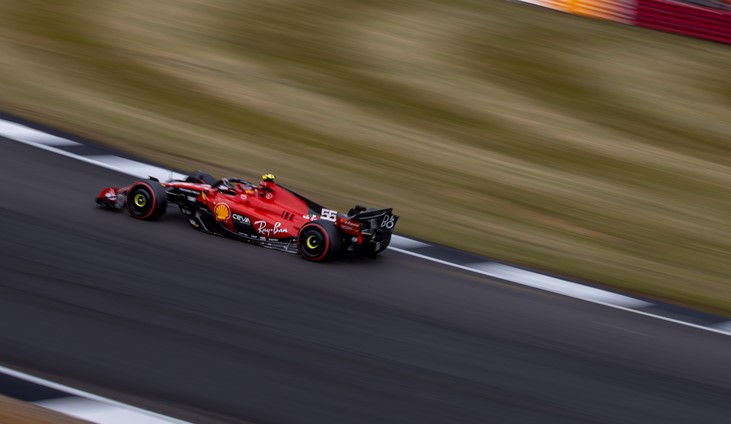Silverstone is fast approaching its 75th anniversary as an active racing circuit. Since its operation as an RAF base during WWII, things have changed a great deal - look closely and you'll still see the clues to its past written in the very tarmac. Delve back in time further, and the site reveals its origins as an agricultural and even religious site.
Origins
The name 'Silverstone' is thought to relate literally to the profession of the silversmith. It is recorded in the Domesday Book as both Silvetone and Selvestone, which may derive from an Old English personal name. The historic corners and straights of today's track directly reference sites that once stood - or still stand - nearby. For example:
Village - Situated closest to the ancient Silverstone village
Stowe - Stowe School is the circuit's immediate neighbour in this direction
Copse - The area surrounding Silverstone is still largely wooded, hence Copse
Maggots - The area immediately behind this corner is called Maggot Moor
Becketts and Chapel - St Thomas A Becket chapel once stood on a site very close to the current Becketts stand
Hangar Straight - References the site's use as a WWII airbase, more on this below
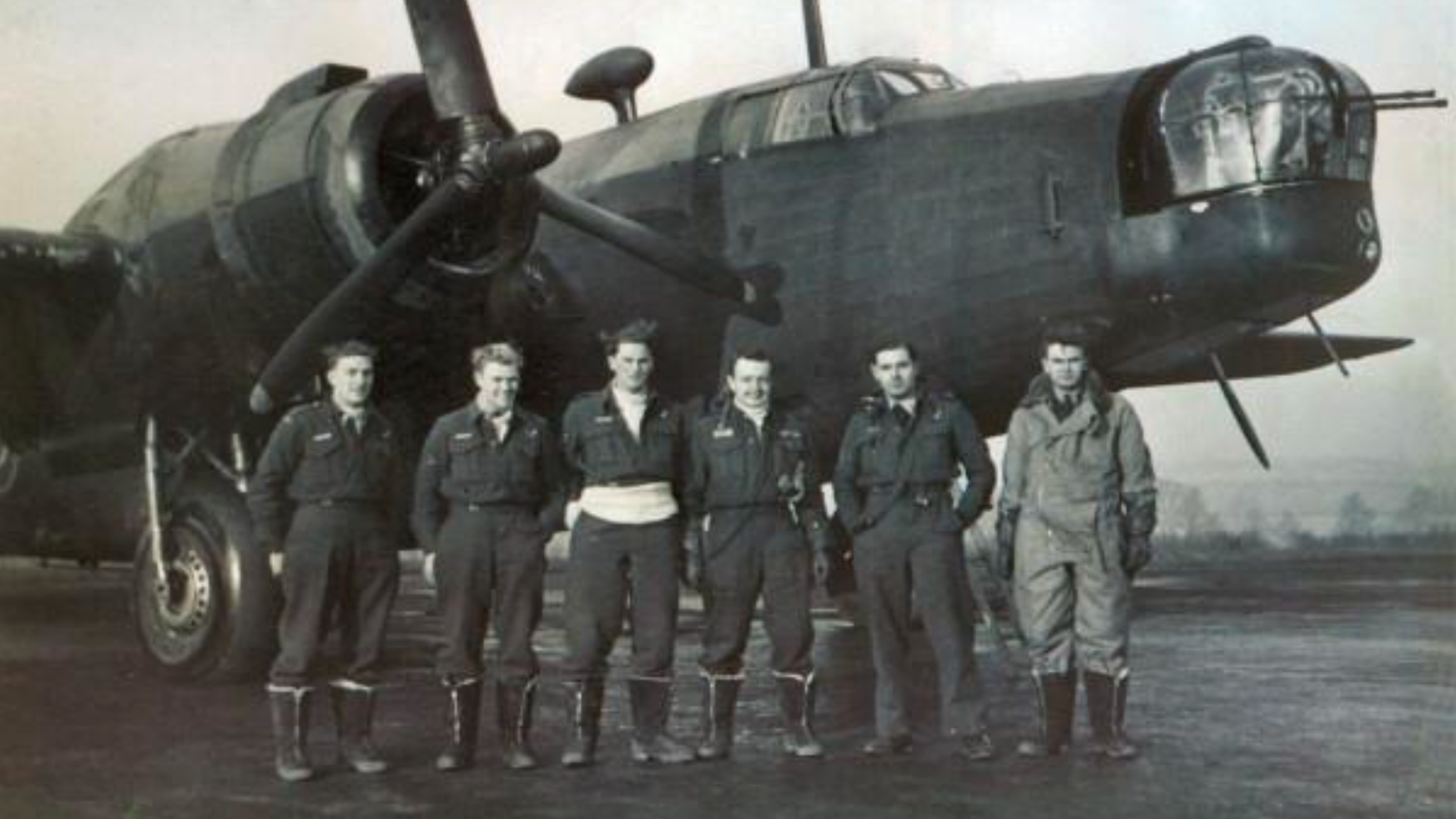
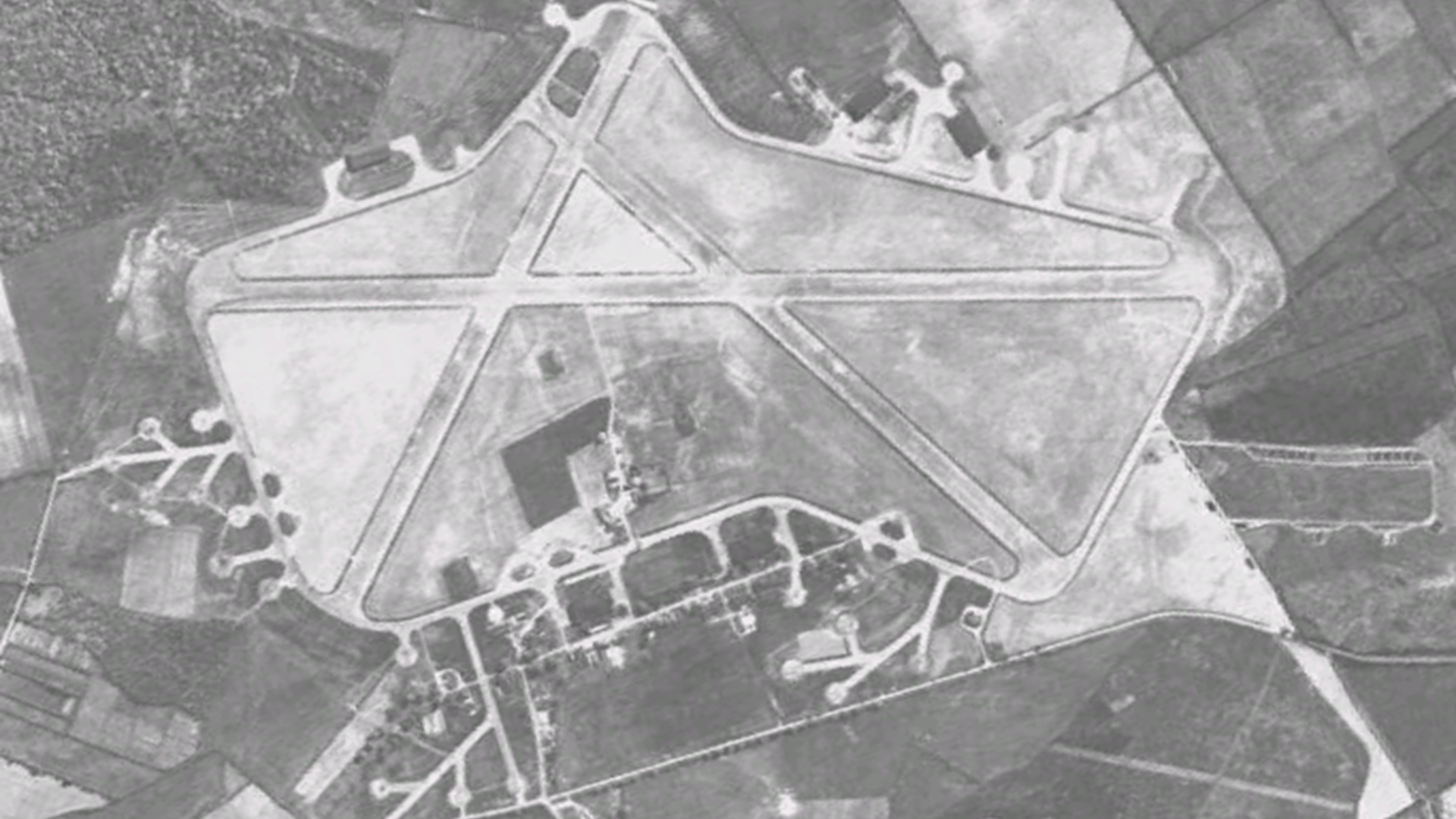
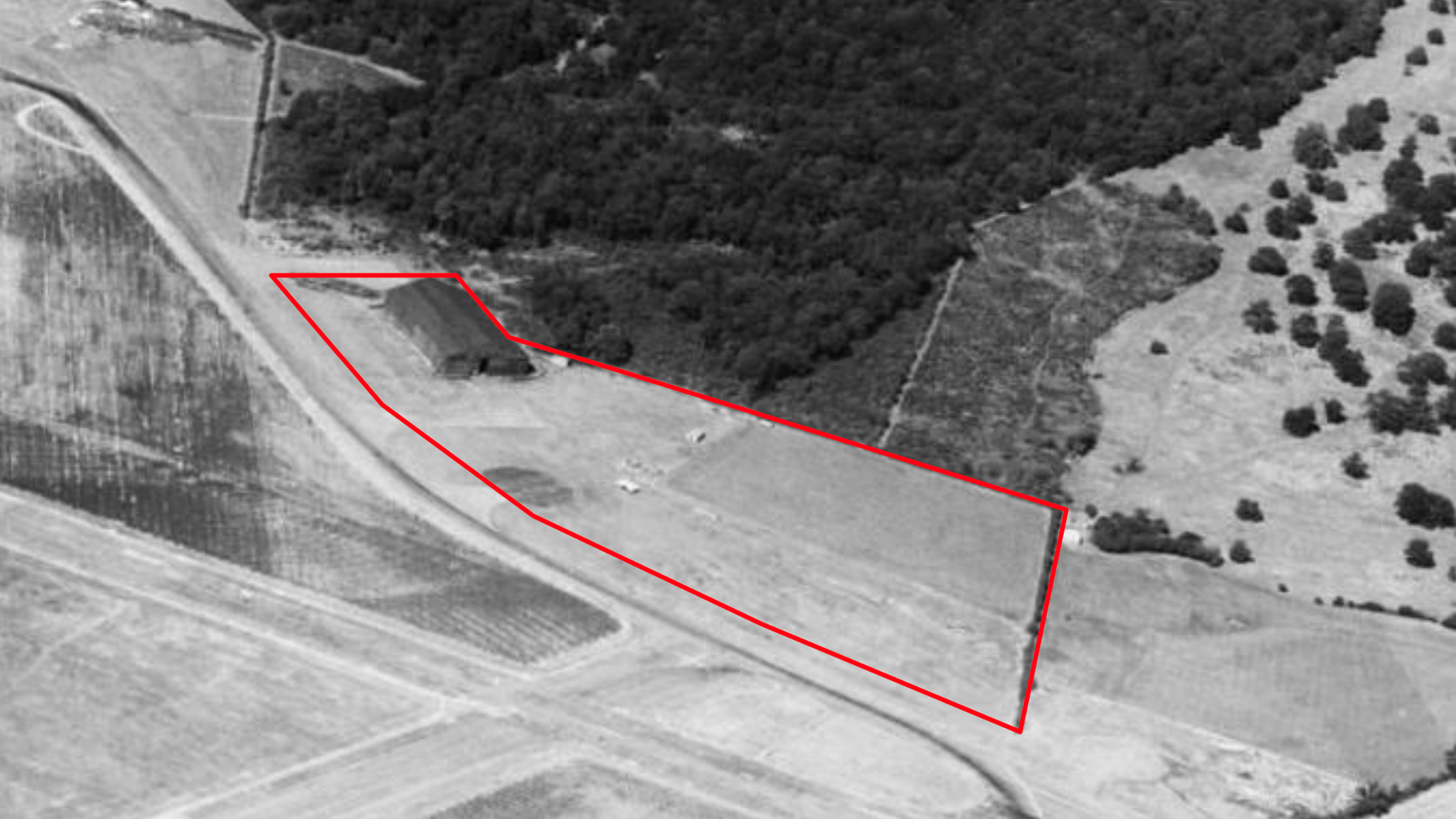
In Numbers
First Grand Prix held
Spectators at 1948 Grand Prix
Years as an active race track
Second World War
During WWII, Silverstone was selected as an RAF airfield and served as a training base for Bomber Command. '17 OTU' served to train aircrew using the Vickers Wellington long range bomber, which proved crucial in the airborne fight against the Axis powers. In the photos above, you can see members 207 Squadron at 17 OTU posing in front of a Wellington bomber, the site overview as it appeared during this period, and to the right the area now home to Escapade outlined in red, then featuring an aircraft hangar by Chapel Copse.
Two runways, which are still largely visible in aerial views of the track to this day, measured 1,000 metres and 882 metres in length. At its peak, RAF Silverstone was home to 2,000 staff.
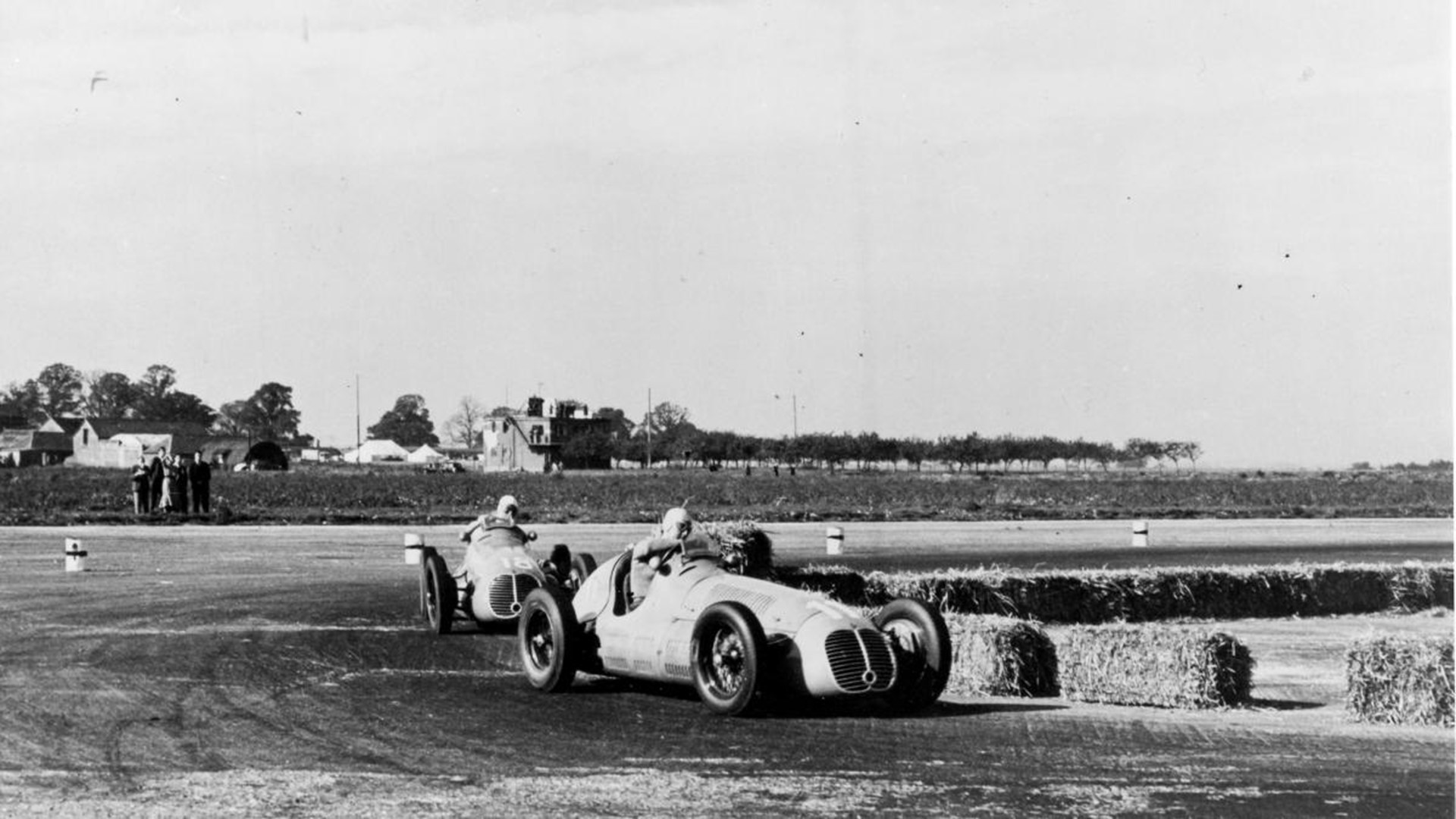
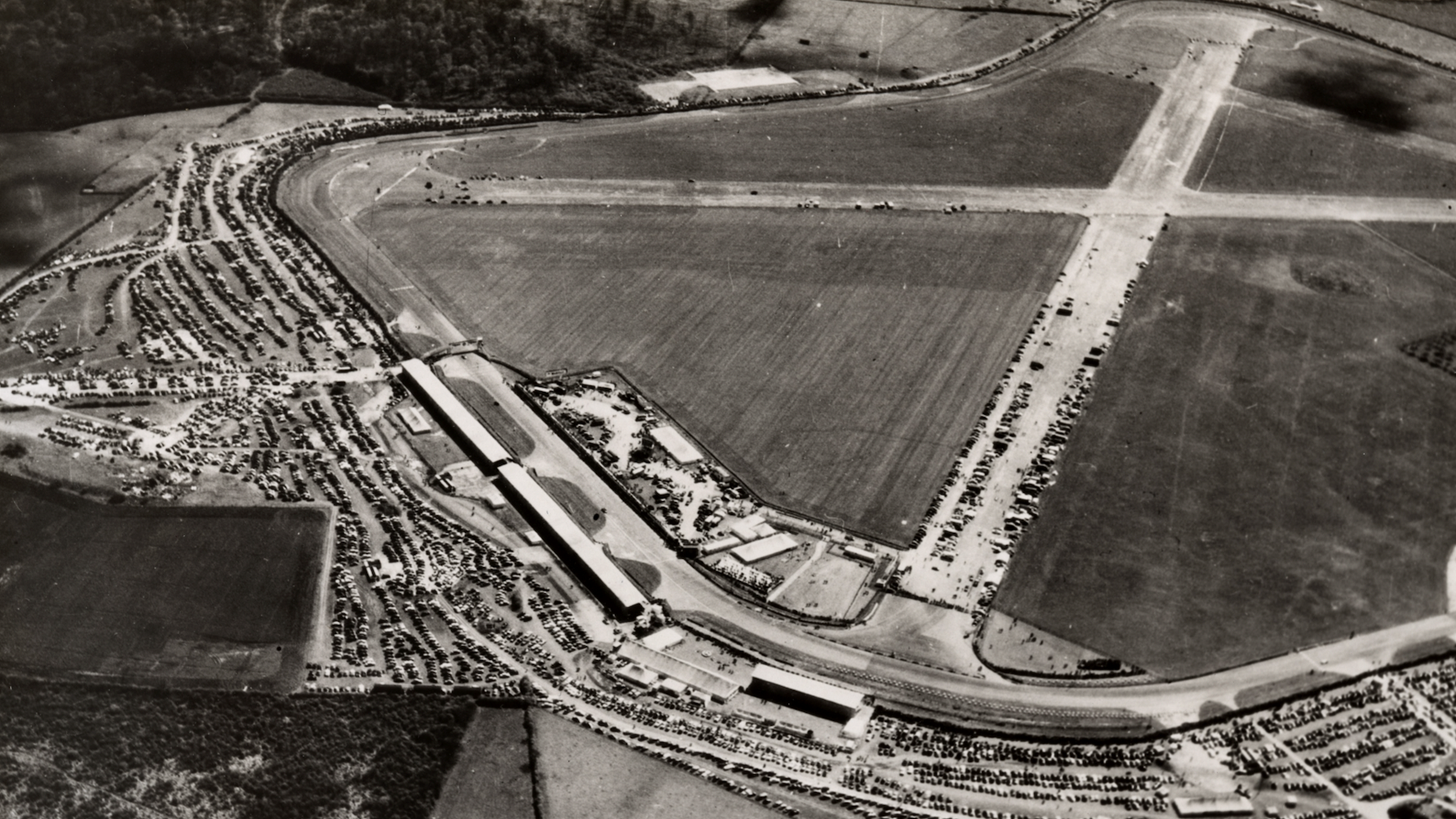
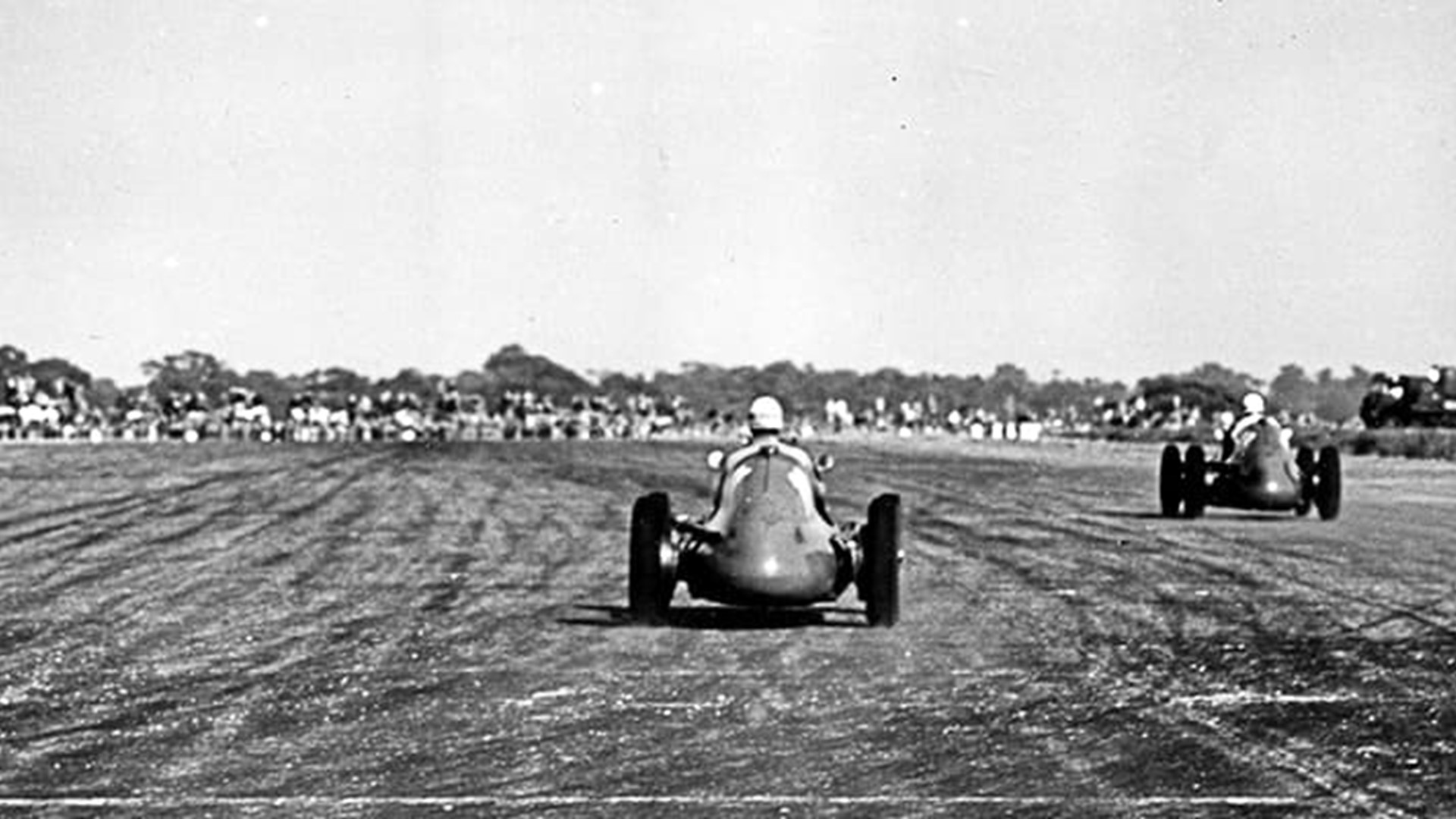
The Early Racing Years
The end of the war and the disbanding of 17 OTU left ideal conditions for motor racing. During the period, many youths and local petrolheads are known to have played about in various vehicles on the runways - with little or no structure to their exploits. However, the track's greater calling did not pass by a chap named Maurice Geoghegan. He tested a Frazer Nash he'd been building using the runways, with the permission of the site manager. Having clearly enjoyed this experience, he promptly invited his friends from the Frazer Nash Owners Club, who gathered in 11 cars in 1947 at Maggots Corner, right where Escapade is located today. One of these cars was unfortunately involved in an accident with a sheep, which departed this life on impact and as such the race became known as 'The Mutton Grand Prix'. When was the first Grand Prix race at Silverstone? It is widely believed that this event constituted the first organised race here.
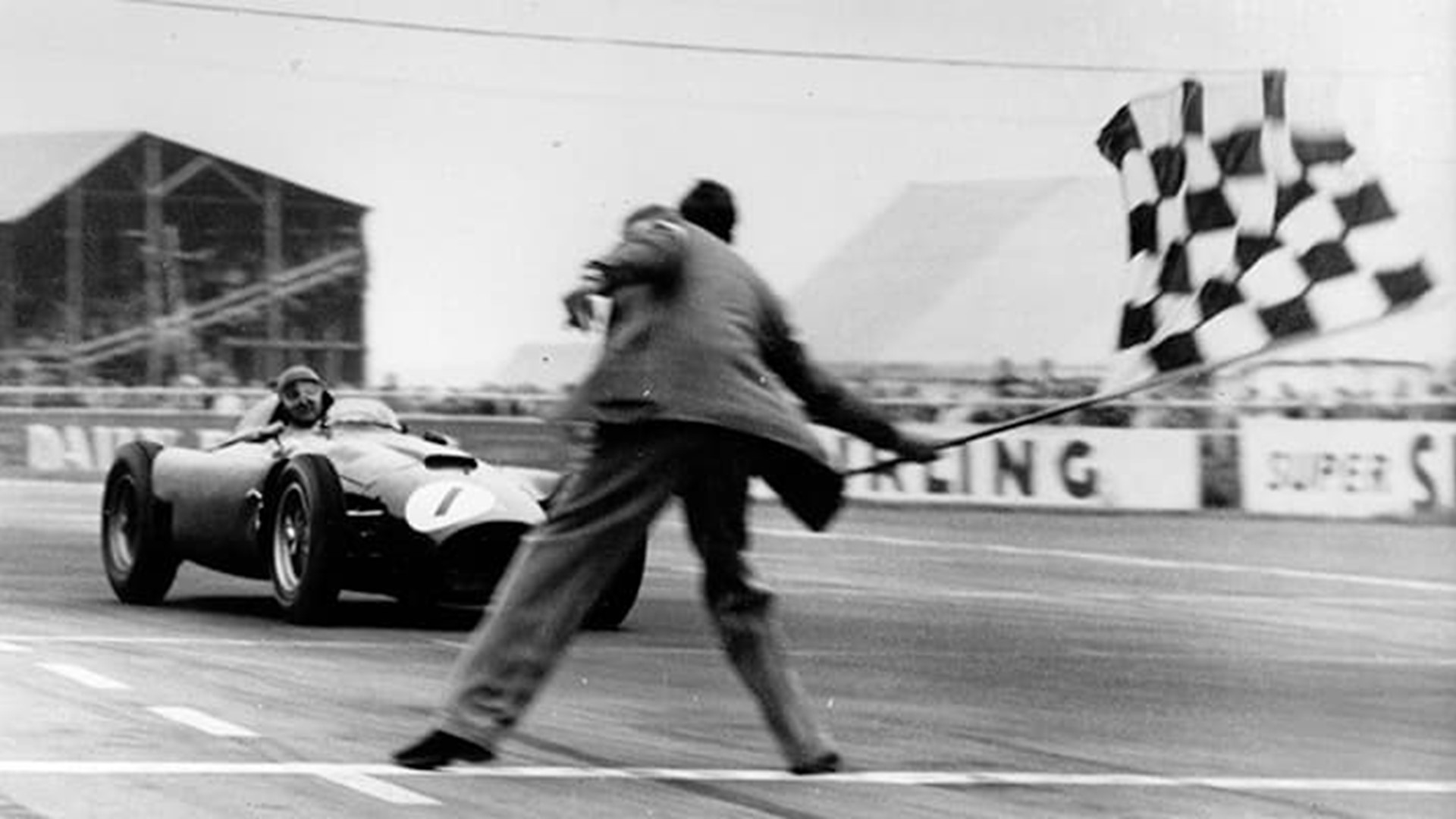
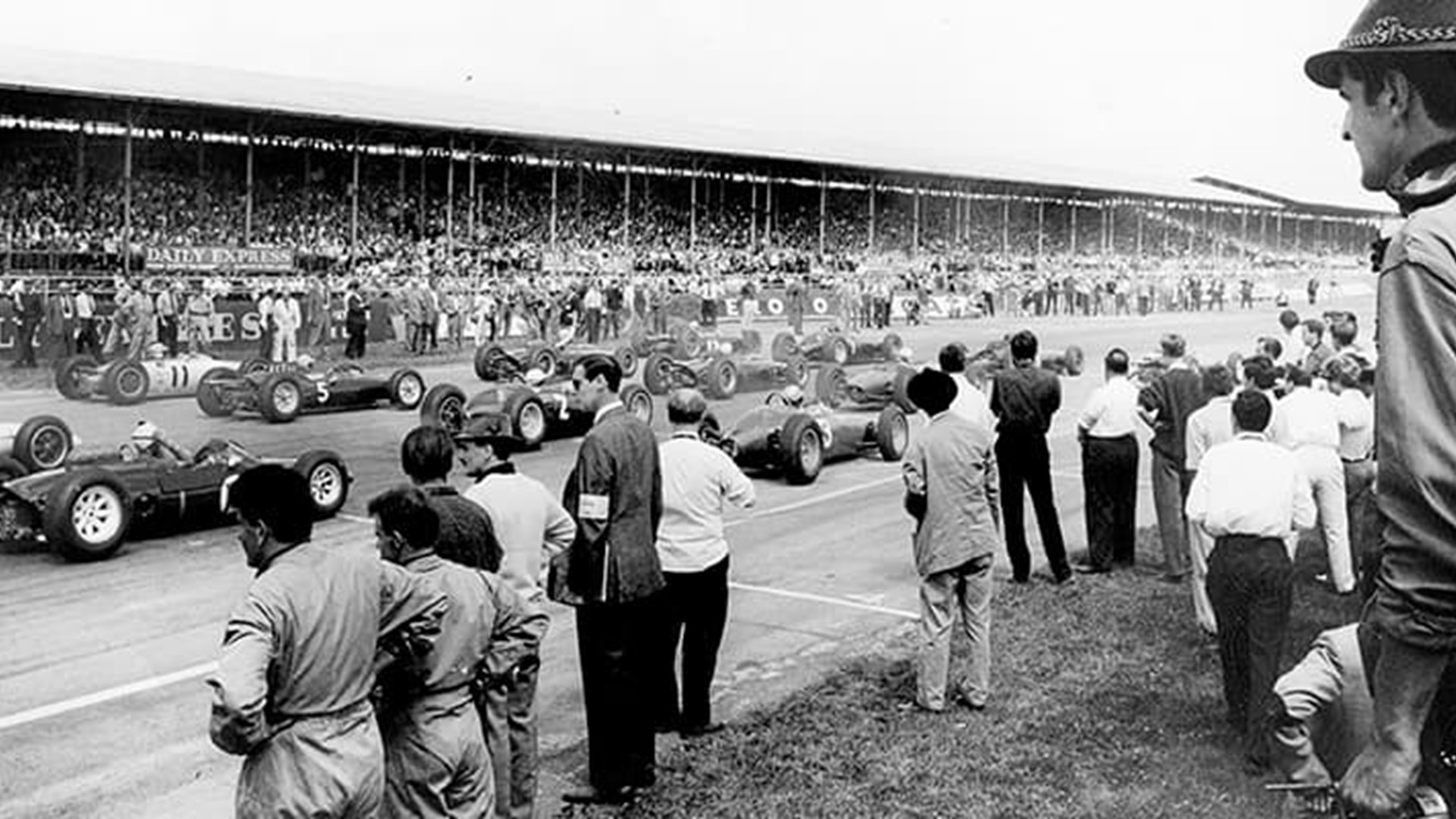
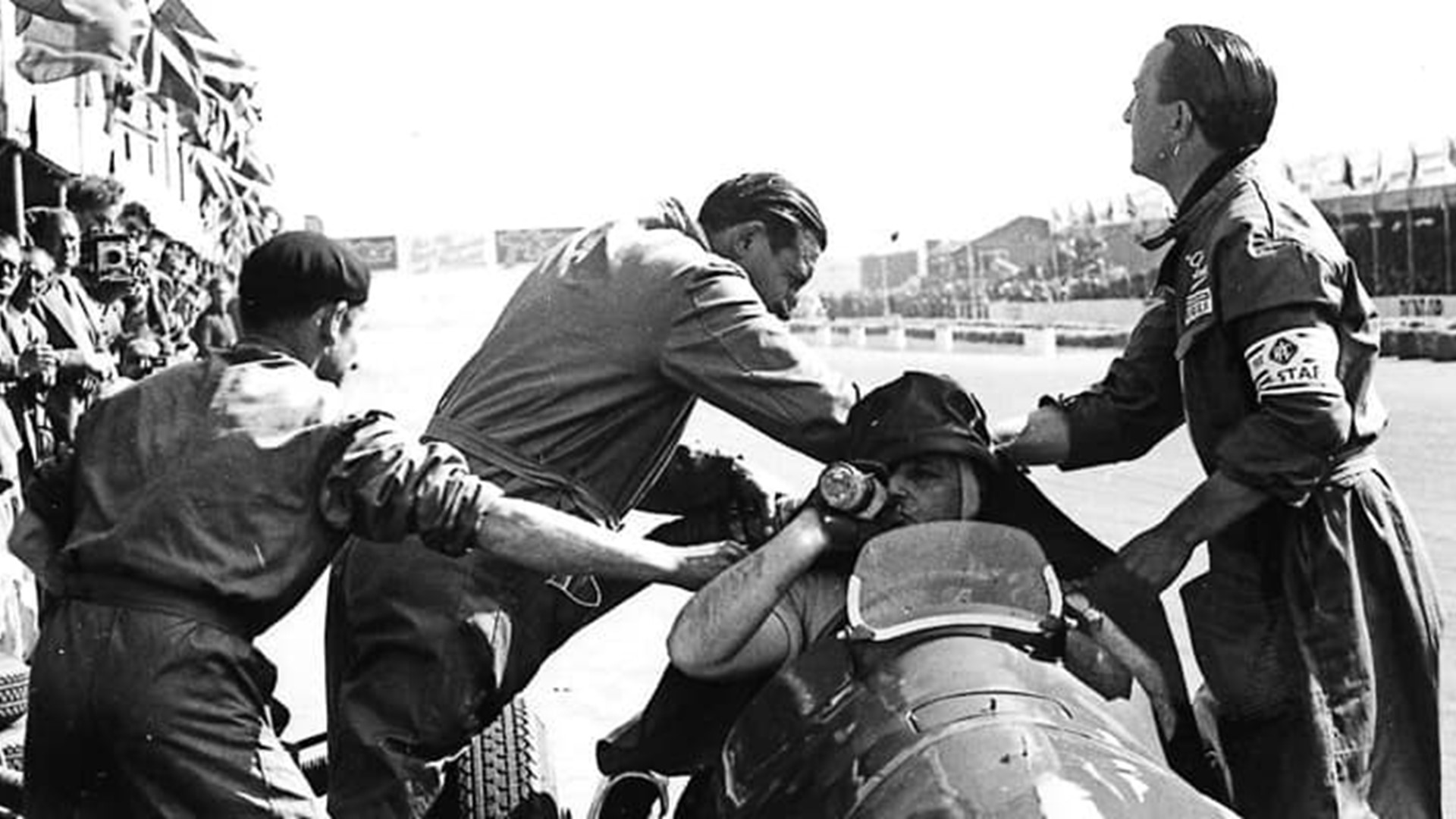
However, things were far from legitimate yet. Pre-war, Brooklands had arguably been the most important motoring venue in Britain along with hill climbs Prescott and Shelsley Walsh. The former was too badly damaged and altered and the latter did not suit GP racing. The first Grand Prix was held at Silverstone on 2 October 1948 (see photo #1 above) following lobbying by the Royal Automobile Club (RAC) since 1946. Among the very first entrants was a 19-year old Stirling Moss. Despite the fact that crops were being cultivated in the middle of the circuit, the event attracted 100,000 spectators! The winning car at the 1948 RAC GP was a Maserati 4CLT/48 driven by Luigi Villoresi.
The RAC had enlisted an ex-RAF man named Jimmy Brown to oversee the initial transformation of the site into a racing circuit. Today he is remembered at the heart of the circuit's busy life, in the form of his name given to the track's offices above the National Pits. Officially, the circuit was not deemed fit for international-level Grand Prix racing by the FIA until slightly later, however its long history as the home of British motorsport was already cemented.
Get in touch
If you would like to discuss the motorsport, automotive and lifestyle benefits of ownership at Escapade Silverstone, please get in touch.
Share this article:
